Kids’ TV: A Force for Good
Chris Tompkins
8 Mar 2019
Attending my first Kidscreen Summit in Miami (one of the most important events in the kids entertainment industry calendar), I was struck by how much consideration the industry gives to being a force for good.
Kids accept as a given the world they are presented with, and especially the world they are presented with through TV and other content. That’s why kids’ TV can be hugely influential in achieving positive social outcomes (while still being a huge amount of fun!).
Being Representative
For me, being ‘representative’ can mean a number of things. It can mean being truly representative of the community as a whole (i.e. its make-up and diversity). But it can also mean fairly representing certain groups within the community.
Our (Australia’s) community is about as diverse as they come – we have Indigenous/First Australians, late arrivals like myself, and everyone in between; we come from an incredible range of backgrounds; we practice a number of different religions, and some of us none at all; many of us have disabilities; some of us are young and others not so!
The question then is – do we, and do our kids, really see that diversity on our screens? And what portrayals do our kids see of certain groups within our community (their own groups, and other groups)?
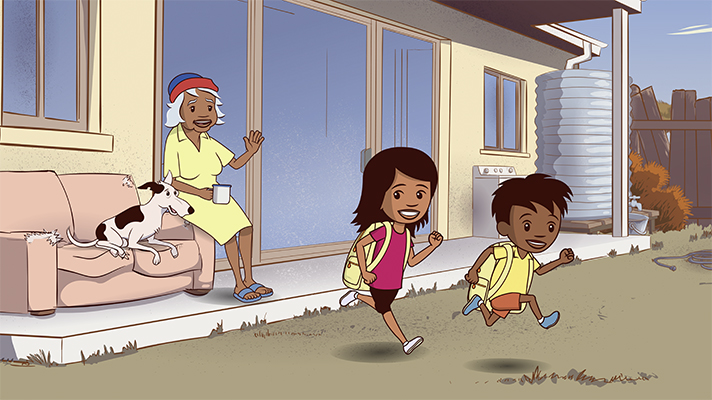 Australia’s First Indigenous Animated Series, Little J and Big Cuz
Australia’s First Indigenous Animated Series, Little J and Big Cuz
At Kidscreen I heard speakers talk about:
- existing and upcoming series with key Indigenous characters and themes, such as “Molly Of Denali” (the first US-wide distributed kids series to feature an Alaska Native lead character) and “Coyote’s Crazy Smart Science Show” (a series about Canadian Indigenous science). One of the key messages was that Indigenous groups be showcased as characters rather than caricatures. And this of course will shape the way that non-Indigenous kids view members of Indigenous communities – we know that for a lot of non-Indigenous kids, TV is their first access point to Indigenous communities;
- characters with autism, and kids TV being a great way to help all kids identify those kids with autism (e.g. often less eye contact, different language levels, sensitivity to sound) and also emphasise empathy, compassion and respect, as well as teaching kids that kids with autism can often have special or highly developed abilities that other kids may not (such as very strong analytical skills); and
- dads being represented on screen as balanced and emotionally stable, significantly involved in daily routine tasks and being just as hands-on in their kids’ lives as mums – not just your typical goofy TV dad. The number of dads who say that being a good dad is the single most important thing to them continues to skyrocket (in the US the numbers went up 26% in 10 years, to 44% in 2018).
It was also clear to me from a number of sessions I attended at Kidscreen that there is a real recognition that diverse community representation in kids content needs to be considered from the get-go, not simply retrofitted.
Being Inclusive
That is, being inclusive of all groups in the community when creating content for kids, and certainly involving specific groups when creating content for or about them.
In the Indigenous context, at Kidscreen I heard about really consulting with Indigenous groups in a meaningful manner – visiting Indigenous groups, engaging with them, getting proper permissions to tell their stories, recognising and properly understanding protocols. And of course, creating employment opportunities within Indigenous communities wherever possible. This can only be a good thing (fostering a relationship of respect), and of course will result in the creation of a much more authentic final product.
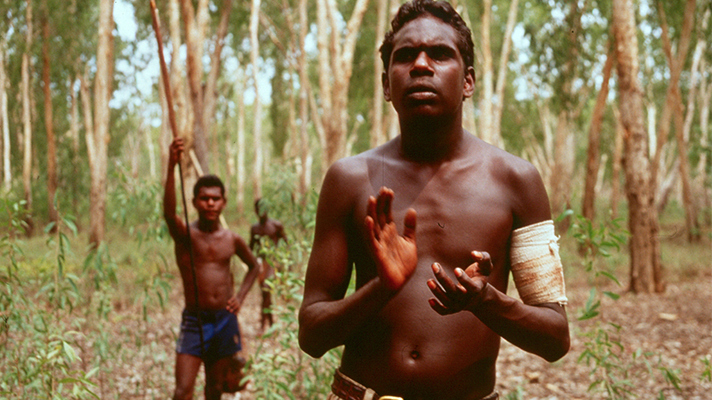 Yolngu Boy, created in consultation with local Indigenous communities
Yolngu Boy, created in consultation with local Indigenous communities
I also learned of the amazing insights that can be gleaned from watching kids with autism “playtesting” and the example given was of an autistic child being fascinated with the opening sequence for a video game and watching that over and over (rather than playing the game itself). That resulted in the creators making tweaks to the opening sequence to make it more of a feature itself. I also heard about individual video games offering multiple ways to play giving autistic children the option to play the games in the way that best works for them. And I also learned about settings in a video game being specially created with autism in mind – settings around text size, colour and contrast, and relating to different types of sounds (not just the standard volume up and down option).
Being Educative
Kids TV should, and can be, educative (while still being fun of course).
I attended a session at Kidscreen on the incorporation of basic coding skills into kids’ TV, teaching kids critical skills like debugging and troubleshooting (essentially “here is a problem, how do I solve it?” rather than “here is a problem, oh well, on to the next thing!”). These skills are equally life skills, of course, not just purely scientific skills.
Content such as this can have an enormous educative benefit for kids, and especially girls, who tend to be underserved in science, technology, engineering and maths (“STEM”). In fact, the main character in Codie LLC’s “Mia & Codie”, is a young girl Mia (Codie being her robot that she codes using blocks, through trial and error, to do things like hit a baseball).
One of the key takeaways from another session I attended (on being successful selling content into schools), was that the content must still be fun of course to keep kids engaged. The short clip I saw of Mia & Codie was certainly that.
And of course, representation of diversity (see above) teaches all kids about the culture, traditions and ways of life of other groups within the community.
Being Aspirational
Kids’ TV has always had the power to be aspirational, and the kids TV industry now seems to have realised this.
For example, even though girls and women have long been underserved in STEM, there have been many brilliant female scientists (and you probably learned about Marie Curie at school like I did). But how often do you see a female engineer on TV? I have no doubt that young girls growing up watching series like Mia & Codie won’t at the time think there is anything unusual about a girl (rather than a boy) making a robot hit a baseball through rearranging a combination of blocks in the robot’s chest, nor think twice later about a career in computer science.
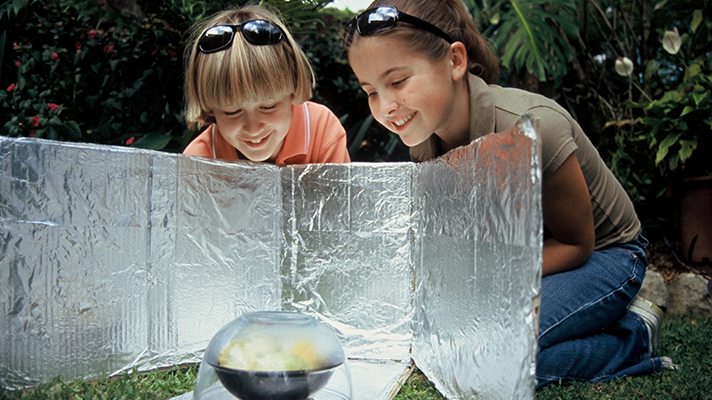 Backyard Science encourages STEM learning
Backyard Science encourages STEM learning
And the same goes for Indigenous kids in Canada watching Coyote’s Crazy Smart Science Show – as the series says, it shows them “the immense possibilities open to them – they too can become ethnobotanists, mathematicians, geologists and engineers”.
Again, kids accept the world they’re presented with. If certain groups are presented in a certain way, or presented as only being able to do certain things, kids will mistakenly take those things as fact.
These are just four of the many ways in which kids’ TV has the potential to create positive social change and it’s clear that the kids entertainment industry recognises this, as well as their responsibly as media makers to make sure kids’ TV continues to be a real force for good.
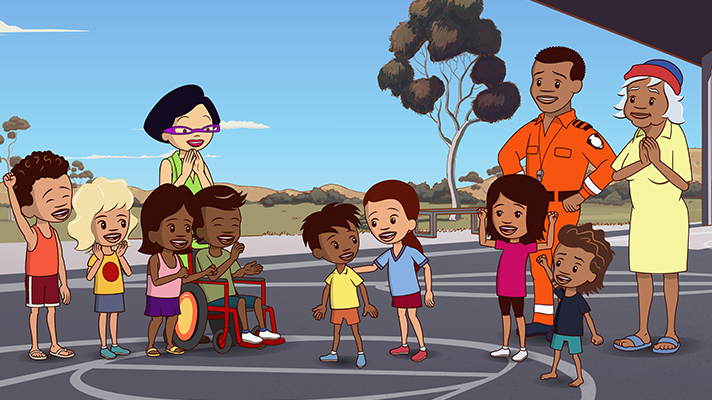

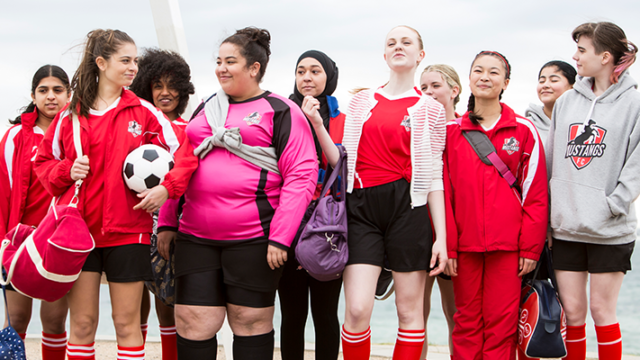
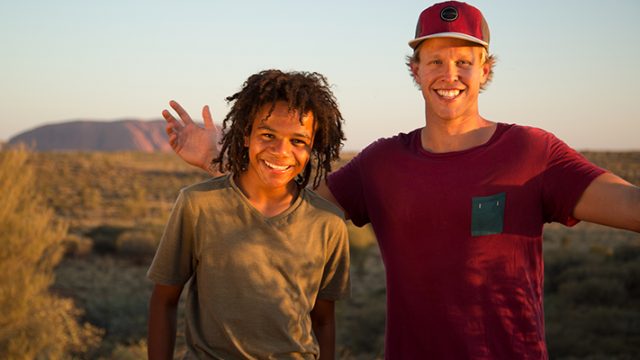
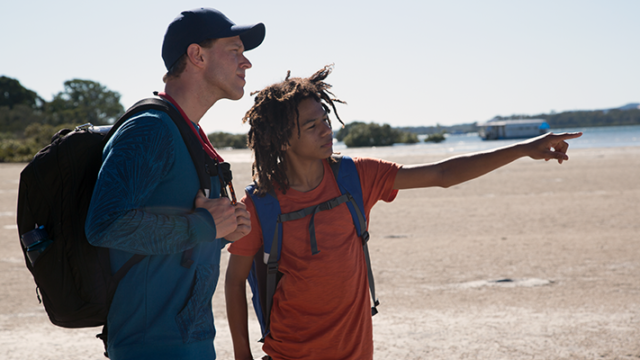
Comments
Comments for this post are open.